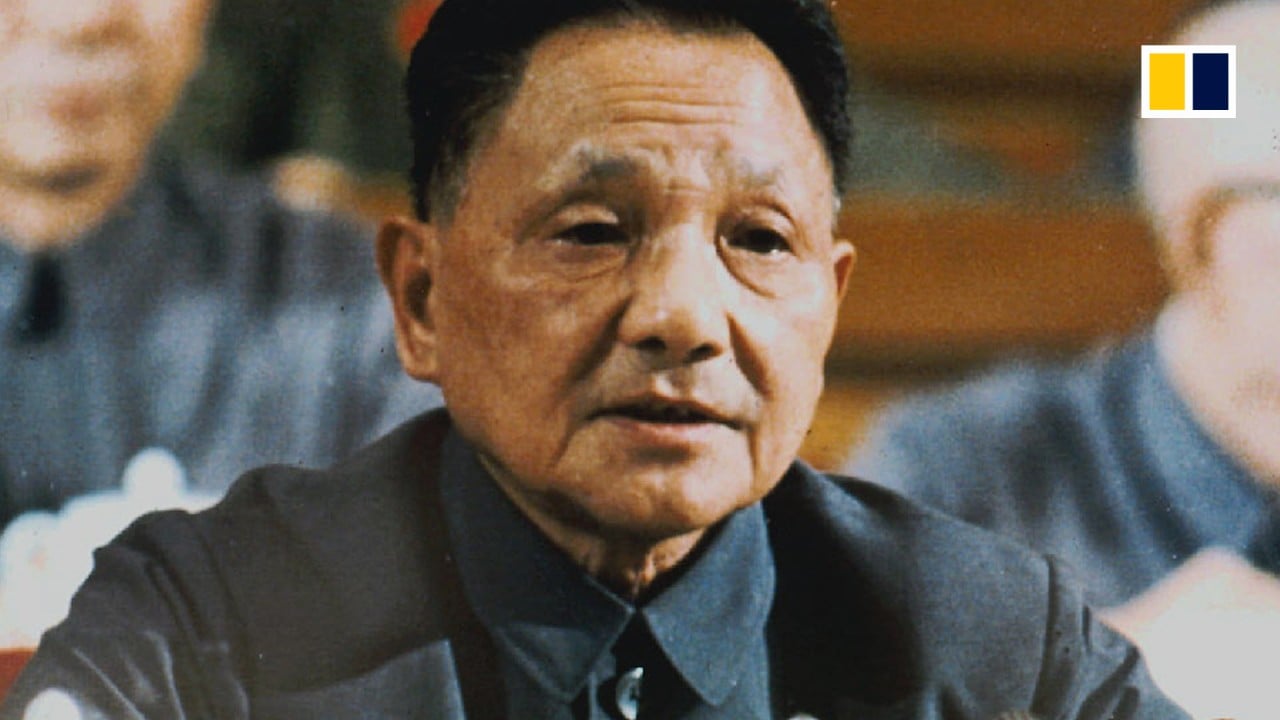
China’s new economic ‘dual circulation’ strategy may not just be inward-looking, but also a pivot to Asia
- Amid a challenging geopolitical environment, it is unsurprising that China is looking to bolster its domestic market, but it is unlikely to completely turn inward
- While decoupling from the West, it is likely to expand regional cooperation
The market will pay particular attention to two areas. The first is whether China will set a numeric growth target for the next five years, which will be important for the country to avoid falling into the “middle-income trap”.

02:18
Two Sessions 2020: China sets no GDP target, defence spending growth slows
While the strategy focuses on the domestic market, given the unfavourable geopolitical dynamics, “internal circulation” (the domestic market) and “external circulation” (the world market) will have to be synergised. In the longer term, China wants to create a largely self-sufficient system.
Rising tensions with the US are likely to have been an important motive for this new strategy. As China seeks to become a regional and then a global superpower, it needs a fast-growing economy.
The emergence of a new great power will inevitably trigger tensions, with the established powers trying to defend their place in the sun. Thus, China has come into conflict with the US.
There are a few areas China will clearly focus on, which will be highlighted in the 14th five-year plan. In particular, Beijing plans to develop its domestic semiconductor industry and counter US restrictions, according this effort the same priority it did to building up its nuclear capability.
In July, President Xi Jinping stressed the importance of mastering key technologies and building strong domestic automobile brands. In line with long-standing practices, China will support strategically important sectors with cheap loans and tax breaks.
Online eating shows under scrutiny as China pledges to end food waste

02:35
China's ambitious plan to develop it own ‘Greater Bay Area’
However, China is unlikely to turn completely inward. After all, it is already the world’s largest trading nation, so has a lot to lose. Rather, Beijing is more likely to seek to decouple from the West and, as partial compensation, expand or dominate cooperation with its neighbours.
External circulation would then primarily encompass “Greater Asia” and not the entire world. Indeed, the Association of Southeast Asian Nations replaced the European Union as China’s largest trading partner earlier this year.
Turning on the charm: China looks for a little love in Southeast Asia

03:09
Deng Xiaoping’s role in transforming China
To make up for this and catch up technologically with the US, China will have to invest heavily. However, it will certainly take some time for these investments to bear fruit.
This strategy also entails considerable costs in the long term. If China wants to become more independent and partially withdraws from the international supply chain, it will also lose the benefits of globalisation.
China may be able to produce most, if not all, of what it needs domestically, but at a higher cost, and not everything will be of the same quality. This will depress macroeconomic productivity and thus economic growth.
All told, China’s strategic change may be the inevitable outcome of geopolitical dynamics, but, as the Chinese saying goes, an arrow that has been released does not turn back. The 14th five-year plan is one of the first batch of policies to steer China through the coming headwinds.
Hao Zhou is senior emerging markets economist at Commerzbank

